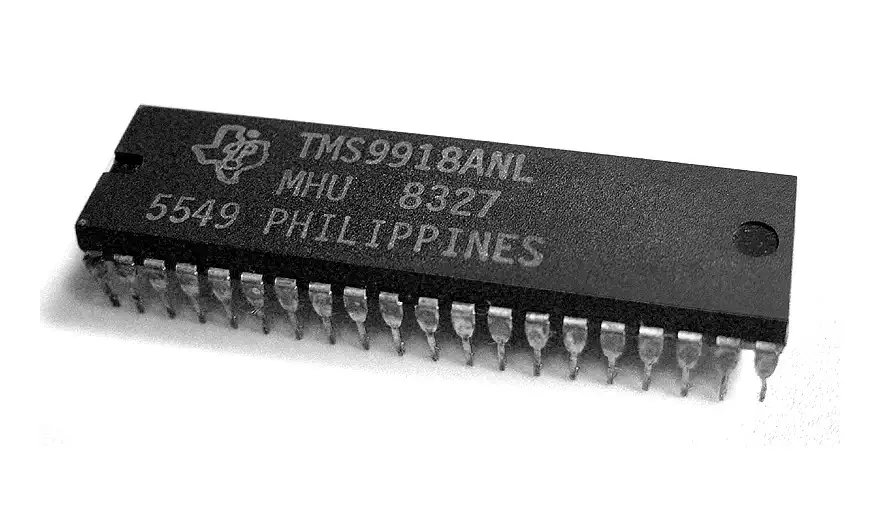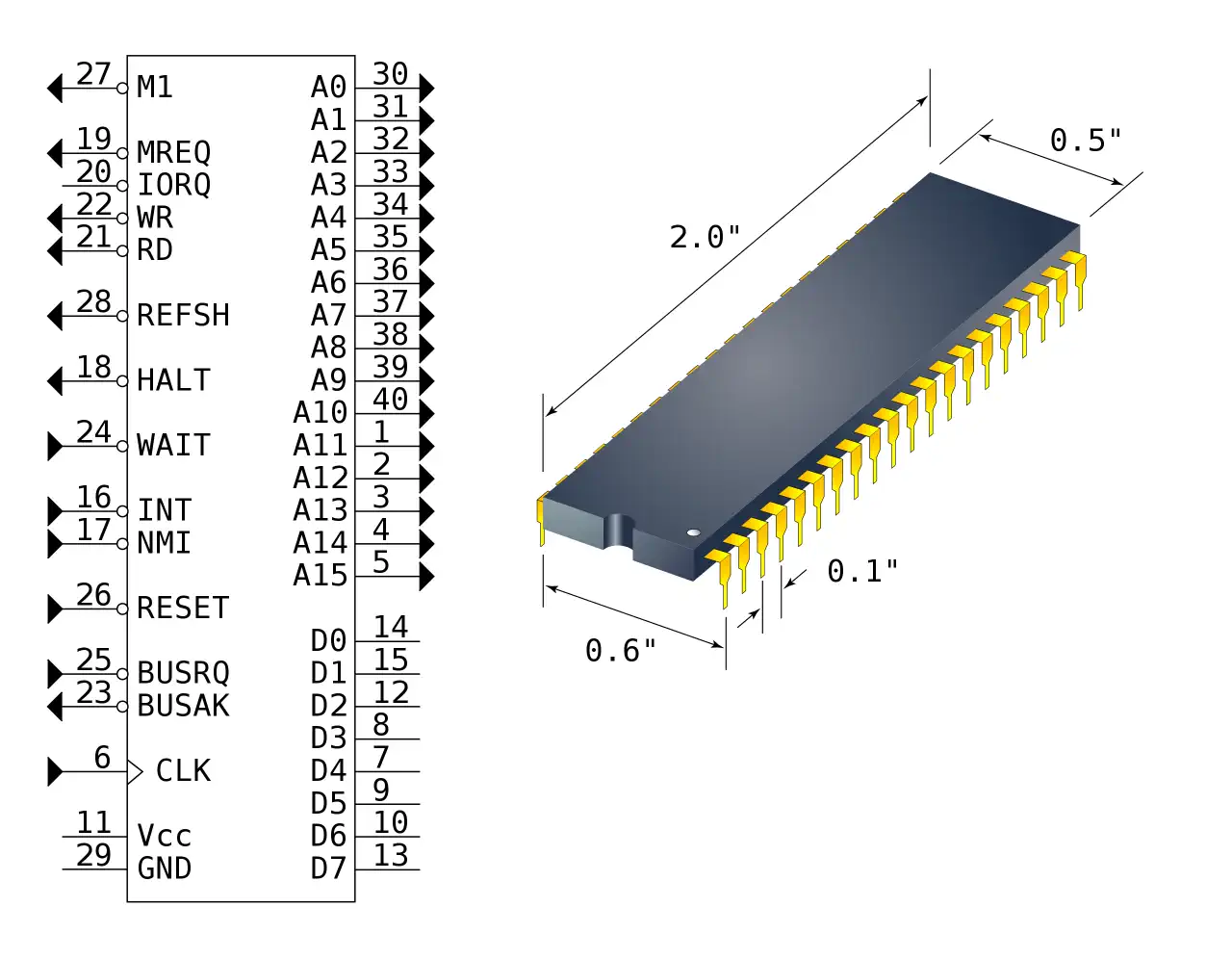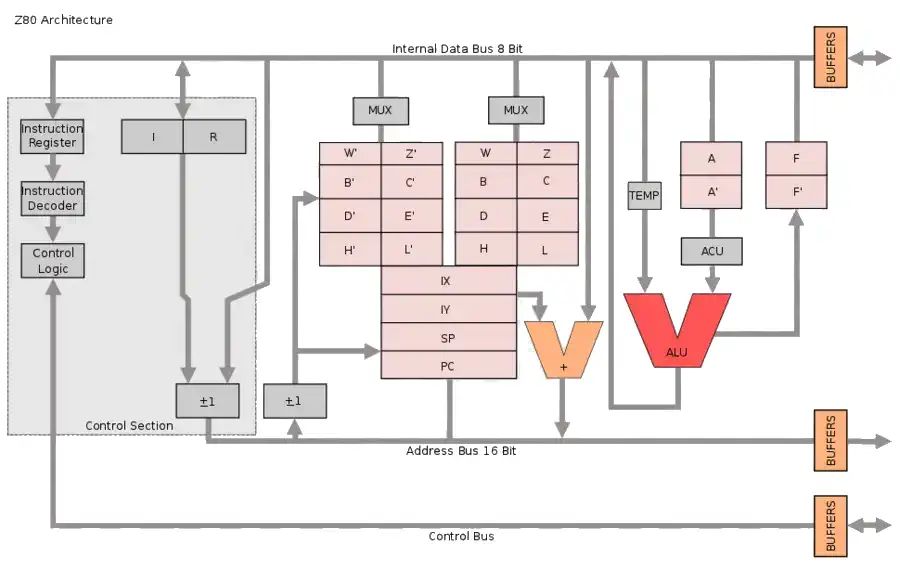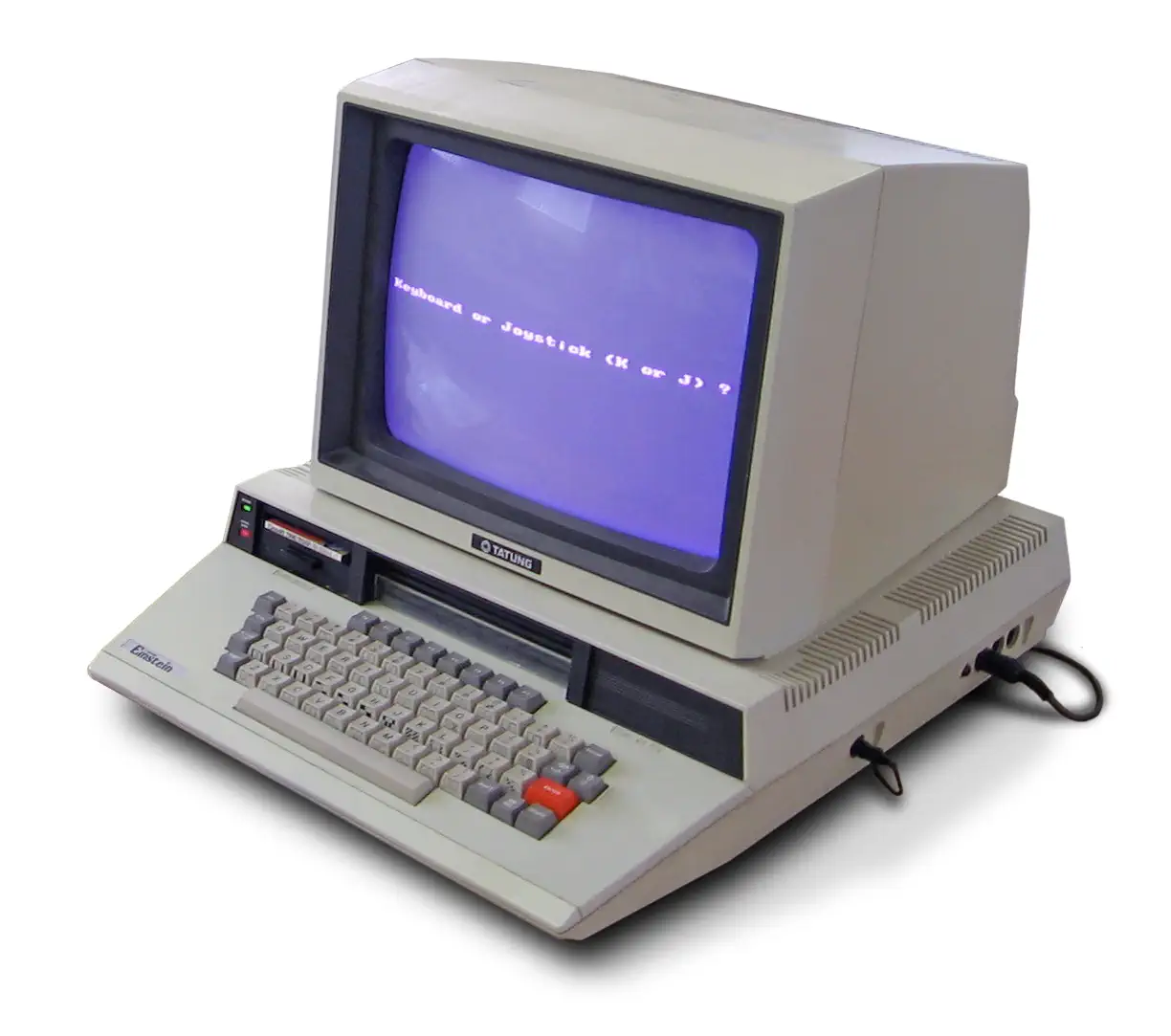Introduction
The Tatung Einstein was an 8-bit home computer based on the Z80 architecture. It had similar capabilities to the MSX computers, including the same Sound-chip, the Yamaha AY-3-8910, and the same Video Display Processor, the TMS9129. It was also capable of running ZX Spectrum software using an add-on called the "Speculator", basically a ZX Spectrum emulator module.
This was a large computer, and the case had room for one or two built-in 3" floppy disk drives from Hitachi. Unlike other computers of the time, the computer ran a Machine Operating System that was small and basically a boot-loader for software from disk. The computer could run CP/M, Xtal DOS, and a BASIC interpreter called Xtal BASIC. The software library for the Einstein was large, with 400 released titles, 120 of them popular games.
This was a popular machine to code software on for other computers. It was used to develop software for the Spectrum 48K, the Amstrad CPC, and even the Commodore 64. Usually the software was written on the Einstein first, and then ported to other architectures.
Technical specifications
- Zilog Z80A cpu @4MHz
- 8K to 32K of ROM
- 64KByte of RAM, 16KByte VRAM
- Texas Instruments TMS9129 VDP
- AY-3-8910 Audio chip
- Z84C30 CTC
- Z84C20 Parallel IO chip
- Intel 8251 Serial IO chip
- 3" 1770 Floppy disc controller
- Analog joystick ports
TMS9918 Series Video Display Processor (99n8, 99n9, 91n8, 91n9)
The TMS9918 is a series of video display controllers (VDC) manufactured in 1979 by Texas Instruments, also refered to as 'Video Display Processor' (VDP). The TMS9918 and its variants were used in the ColecoVision, CreatiVision, Memotech MTX, MSX, NABU Personal Computer, SG-1000/SC-3000, Spectravideo SV-318, Spectravideo SV-328, Sord M5, Tatung Einstein, Texas Instruments TI-99/4, Casio PV-2000, Coleco Adam, Hanimex Pencil II, and Tomy Tutor.
Key Features:
- 256x192 pattern based color pixels per screen
- 16 different colors
- 8-bit memory mapped CPU interface
- No need for DMA, CPU can access VRAM
- 32 single color Sprites per screen (4 per scanline)
Variants:
- TMS9918A - 60Hz output, NTSC video
- TMS9928A - 60Hz output, YPbPr video
- TMS9929A - 50Hz output, YPbPr video
- TMS9118 - Different RAM than TMS9918A, otherwise identical
- TMS9128 - Different RAM than TMS9928A, otherwise identical
- TMS9129 - Different RAM than TMS9929A, otherwise identical

Programmable Sound Generator (AY-3-8910 compatible PSG)
The AY-3-8910 is a 3-voice Programmable Sound Generator, or PSG. It was designed by General Instrumet in 1978 for use with their own 8-bit PIC1650 and their 16-bit CP1610 computers.
The PSG is widely used in many arcade cabinets, pinball machines, and many micro-computers. Here is a list of some of the major brands of computer that used the AY-3-8910:
- Intellivision
- Vectrex
- Amstrad CPC range
- Oric-1
- Color Genie
- Elektor TV Games Computer
- All MSX-1 and MSX-2 computers
- ZX Spectrum home computers
General Instrument spun of MicroChip Technology in 1987 and the chip was sold under the MicroChip brand, and licensed to Yamaha as the YM2149F which the Atari ST range of computers use. Functionally the PSG is very similar to the Texas Instruments SN76489.
Variants:
-
AY-3-8910
Comes with 2 general purpose 8-bit parallel I/O ports, used for Keyboard and Joystick in for instance MSX. -
AY-3-8912
Same chip, but in a 28-pin package. Parallel port B is not connected to save cost and space. -
AY-3-8913
Same chip, but in a 24-pin package. Both parallel ports are not connected. -
AY-3-8914
The AY-3-8914 has the same pinout and is in the same 40-pin package as the AY-3-8910, except the control registers on the chip are shuffled around, and the 'expected input' on the A9 pin may be different. It was used in Mattel's Intellivision console and Aquarius computer. -
AY-3-8930
Backwards compatible but BC2 pin is ignored
YM2149F -
YM3439-D
CMOS version of the Y2149 in 40-pin DIP -
YM3439-F
CMOS version of the Y2149 in 44-pin QFP -
YMZ294
Variant of the YM3249 in an 18-pin package. Parallel ports not connected, and all sound channels mixed on 1 port. -
T7766A
Toshiba variant of the AY-3-8910, fully compatible. Used in some MSX models. - Winbond WF19054, JFC95101, and File KC89C72: Fully compatible versions of the AY-3-8910 produced for slot machines.
Yamaha Produced chip, same pin-out as the AY-3-8910, but pin 26 could halve the master clock. Can be used to replace the AY-3-8910 if pin 26 is left disconnected.
Zilog Z80 CPU Family
The Z80 quickly became popular in the personal computer market, with many early personal computers, such as the TRS-80 and Sinclair ZX80, using the Z80 as their central processing unit (CPU). It was also widely used in home computers, such as the MSX range, SORD, and the Amstrad CPC, as well as in many arcade games. Additionally, it was also used in other applications such as industrial control systems, and embedded systems. The Z80 was widely used until the mid-1980s, when it was gradually replaced by newer microprocessors such as the Intel 80286 and the Motorola 68000.
The Z80 microprocessor was developed by Zilog, a company founded by Federico Faggin in 1974. The Z80 was released in July 1976, as a successor to the Intel 8080. It was designed to be fully compatible with the 8080, but also included new features such as an improved instruction set, more powerful interrupts, and a more sophisticated memory management system.
The Z80 quickly became popular in the personal computer market, with many early personal computers, such as the TRS-80 and Sinclair ZX80, using the Z80 as their central processing unit (CPU). It was also widely used in home computers, such as the MSX range, SORD, and the Amstrad CPC, as well as in many arcade games. Additionally, it was also used in other applications such as industrial control systems, and embedded systems. The Z80 was widely used until the mid-1980s, when it was gradually replaced by newer microprocessors such as the Intel 80286 and the Motorola 68000. The design was licensed to Synertek and Mostek as well as the European SGS.
The Z80s instruction set is binary compatible with the Intel 8080, so that 8080 code such as the CP/M Operating System and Intel's PL/M compiler for the 8080 can run unmodified on the Z80. The Z80 had many enhancements over the 8080 such as 16-bit data movement instructions, block copy and block I/O instructions, single bit addressing of all registers, IX/IY offset registers, better interrupt system and a complete duplicate register file for context switching during an interrupt.
Source: WikiPedia

VRAM: 16kB Sound Chip General Instruments AY-3-8910 Programmable Sound Generator Sound 3 wave channels + white noise Display Chip Texas Instruments TMS9129 Display 40x24 text
32x24 16 color text, pattern based
256x192 16 color, 2 color per 8 pix. Best Text 40x24 Best Color 16 colors Best Graphics 256x192 in 16 colors Sprites 1 color, 16x16, 4/scanline, 32 total System OS MOS (Machine Operating System) Storage optional built in 3" floppy disk drives


